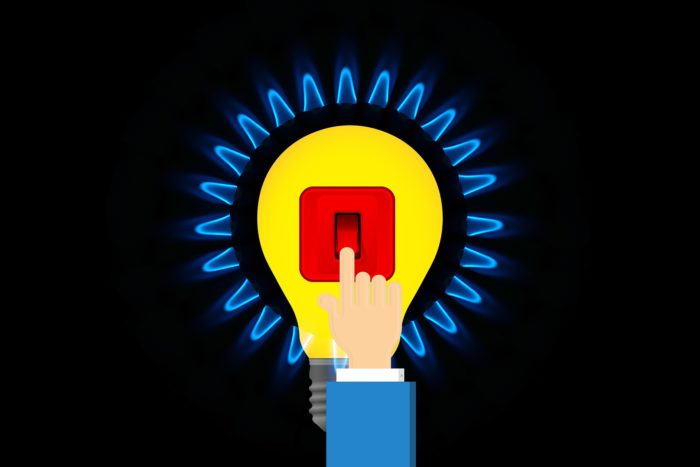Over 30% of households in the EU use gas to heat their homes. In 2021, the EU imported 83% of its natural gas. Russia was the largest supplier of natural gas to the EU with a share of 39% of total European imports (in value terms). According to the most recent Eurostat data, imported quantities of natural gas fell slightly in the first two quarters of 2022, while in the third quarter they reached 2021 levels (19.2 million tonnes per month on average). Of course, prices have soared with the average monthly value of European natural gas imports increasing from €8.9 billion in 2021to €35.4 billion in the third quarter of 2022.
Russia’s invasion of Ukraine has put diversification of gas supply high on the EU’s agenda. But ending Europe’s reliance on Russian gas is a big challenge. The EU imports most of its natural gas via pipelines, the majority of which pass through Russia. Diversification is a lengthy and costly process that requires investment in infrastructure (new pipelines, LNG terminals, etc.). Finally, until now there has been a lack of consensus among EU member states: some countries were in favour of a cap on gas prices, while others have remained sceptical of such a move. (See previous In focus.) This led to months of negotiations that ended on December 19, 2022 when EU energy ministers reached a political agreement to trigger a cap if prices exceed 180 euros per megawatt hour.
Despite the difficulties mentioned above, gas imports from Russia to the EU have been significantly reduced. The latest data shows that Russian gas imports fell from 8.6 million tonnes per month in 2021 to 3.0 million tonnes per month in the third quarter of 2022. At the same time, gas imports from other partners increased from 10.6 million tonnes per month in 2021 to 16.2 million tonnes per month in the third quarter of 2022.
The decline of Russia’s imports was compensated for by a sharp increase in imports of liquified natural gas (LNG), from around the world. According to data from the Bruegel think tank, imports of liquefied natural gas from the American continent exceeded 5 billion cubic meters per month in 2022, compared to 2 billion cubic meters per month in 2021. Even from Russia, imports of liquefied natural gas increased (from 1.2 billion cubic meters per month in 2021 to 1.6 billion cubic meters in 2022), which shows that despite EU’s commitment to reduce energy dependence on Moscow difficulties remain.
However, Russia’s share has declined significantly. In 2021 this country supplied 44% of the total EU gas imports (in terms of net mass). Norway (19%) and Algeria (12%) followed at a distance. After the invasion of Ukraine, the share of Russian natural gas imports fell steadily: in the third quarter of 2022, it was just 15% of total European imports.
Correspondingly, the share of other EU suppliers increased: in the third quarter of 2022, Norway was in first place (25% of the total net mass of gas imported into the EU), Britain in the second place (16%), and the USA slightly below Russia (15% of total imports in terms of quantities). (It is worth noting that in 2021 the share of Britain and the US was below 6 %.) Algeria’s share fell slightly (to 11%), while that of Qatar and Azerbaijan increased.
In addition to the reduction of Russian gas imports, other issues related to EU’s energy independence remain open. As Georg Zachmann, an executive at Bruegel think tank says in an article in the Financial Times: “What Europe urgently needs is a mechanism to protect against the event that Russia selectively sends gas to individual buyers in Europe in order to buy political benefits.” The danger is that other countries could follow the example of Hungary, which signed a deal in August 2022 with Gazprom, disrupting Europe’s unity.




